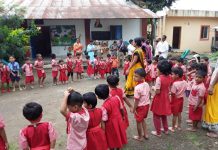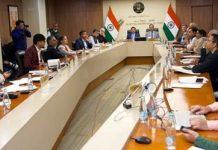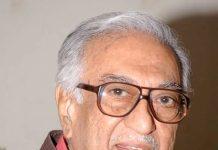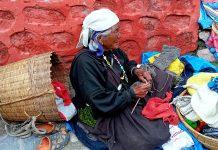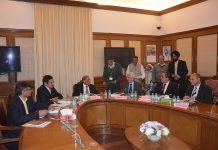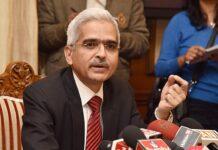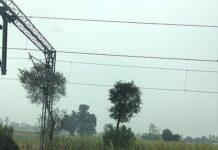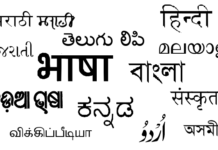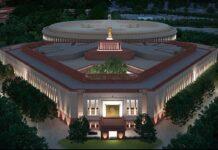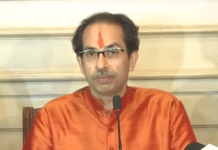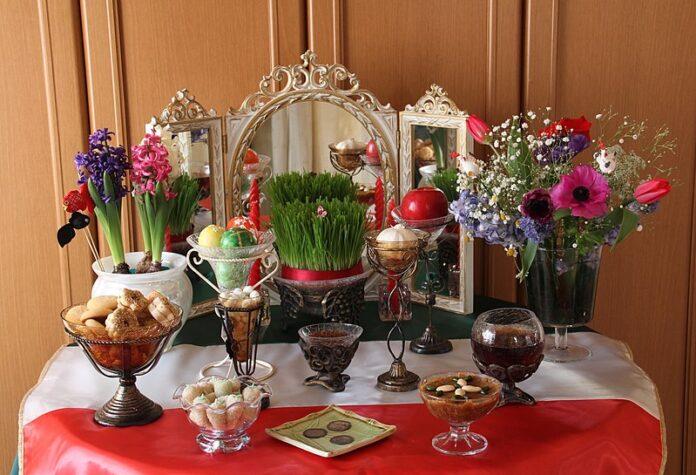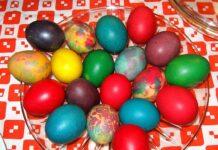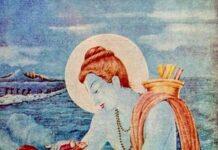Navroz is celebrated as Parsi new year in India.
Several public figures have wished Navroz Mubarak
The word Navroz means new day (‘nav’ means new and ‘roz‘ means day).
The day of Nowruz has its origins in the Persian religion of Zoroastrianism and is rooted in the traditions of the Iranian peoples. It is based on the Iranian Solar Hijri calendar and is marked on the day of spring Equinox on 21st March.
It has been celebrated by diverse communities for over 3,000 years in several countries in Western Asia, Central Asia, the Caucasus, the Black Sea Basin, the Balkans, and South Asia. Presently, while it is largely a secular holiday for most celebrants and enjoyed by people of several different faiths and backgrounds, Nowruz remains a holy day for Zoroastrians, Baháʼís, and some Muslim communities.
Navruz was inscribed in the UNESCO’s Representative List of the intangible cultural heritage of humanity in 2016. The citation reads:
“New Year is often a time when people wish for prosperity and new beginnings. March 21 marks the start of the year in Afghanistan, Azerbaijan, India, Iran (Islamic Republic of), Iraq, Kazakhstan, Kyrgyzstan, Pakistan, Tajikistan, Turkey, Turkmenistan and Uzbekistan. It is referred to as Nauryz, Navruz, Nawrouz, Nevruz, Nooruz, Novruz, Nowrouz or Nowruz meaning ‘new day’ when a variety of rituals, ceremonies and other cultural events take place for a period of about two weeks. An important tradition practised during this time is the gathering around ‘the Table’, decorated with objects that symbolize purity, brightness, livelihood and wealth, to enjoy a special meal with loved ones. New clothes are worn and visits made to relatives, particularly the elderly and neighbours. Gifts are exchanged, especially for children, featuring objects made by artisans. There are also street performances of music and dance, public rituals involving water and fire, traditional sports and the making of handicrafts. These practices support cultural diversity and tolerance and contribute to building community solidarity and peace. They are transmitted from older to younger generations through observation and participation”.
***


